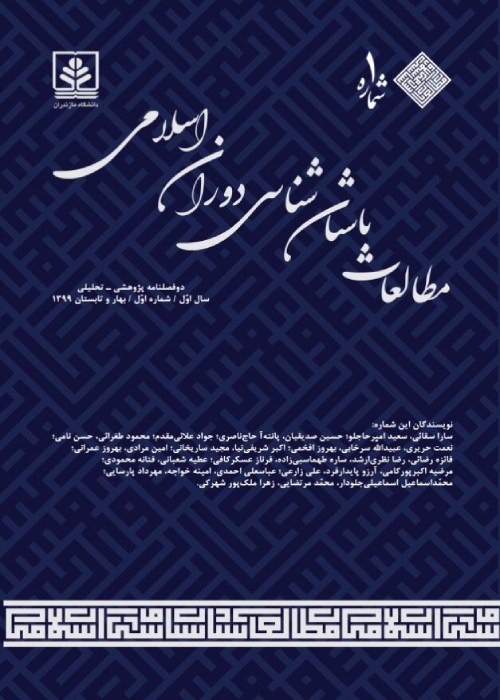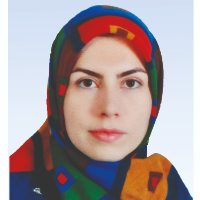Study and Analysis of Motifs of Saqanfars in the East of Mazandaran (Shia Deh, Ladar and Shahzadeh Reza)
Saqanfar is a simple and generally two-floored building made of wood. This building has a religious, ritual and local function and has always been constructed next to Tekyehs in a way that Saqanfar (symbol of Abulfazl) and Tekyeh (symbol of Imam Hussein) together form an inseparable complex facing the Qibla (direction to Mecca). The motifs employed in the Saqanfars contain local themes, narratives of most of the daily activities of the people, tales of the ancients and national symbols and epics. Therefore, the questions of the present research are the following: 1. what is the origin of the motifs used in the Saqanfars? 2. What is the main reason for manifestation of mythological/local themes in the structure of the Saqanfars? Undoubtedly, Iranian myths and epics are one of the constituents of identity formation in the creation of the motifs used in the Saqanfars. The paintings of the three Saqanfars date back to the Qajar era. Due to great diversity of the motifs, they were divided into the humanistic, animalistic, vegetal, geometrical and mythological categories. Some of the motifs contain pure religious themes such as the Battle of Karbala, stories of Quran, the Doomsday and etc. The main aim of this article is to identify mythological/local themes of the motifs used in these buildings by comparing the motifs used in the three Saqanfars in Shia Deh, Ladar and Shahzadeh Reza in order to reveal the intentions for manifestation of these themes in these religious buildings. Based on the obtained results, it is inferred that the origin of some of the motifs such as sun motif goes back to the ancient Iran and the origin of some other mythological and epic motifs dates back to the Iranian national identity, which the local people were familiar with by the oral culture and heroic narratives. The origin of some other motifs is the Islamic beliefs which were popular during the Qajar era. The main reasons for the existence of the mythological/local motifs were probably the familiarity of the local people with the epics, the intention to preserve the national identity, and also people’s engagement in daily activities which were incorporated into Saqanfars paintings. Using a descriptive/analytic research method, library data collection and archaeological field observation, the authors of the article seek to study the motifs and their main themes. In analyzing the motifs, the reasons for manifestation of these motifs will be studied and the frequency of these motifs in the three Saqanfars will be compared.
- حق عضویت دریافتی صرف حمایت از نشریات عضو و نگهداری، تکمیل و توسعه مگیران میشود.
- پرداخت حق اشتراک و دانلود مقالات اجازه بازنشر آن در سایر رسانههای چاپی و دیجیتال را به کاربر نمیدهد.



